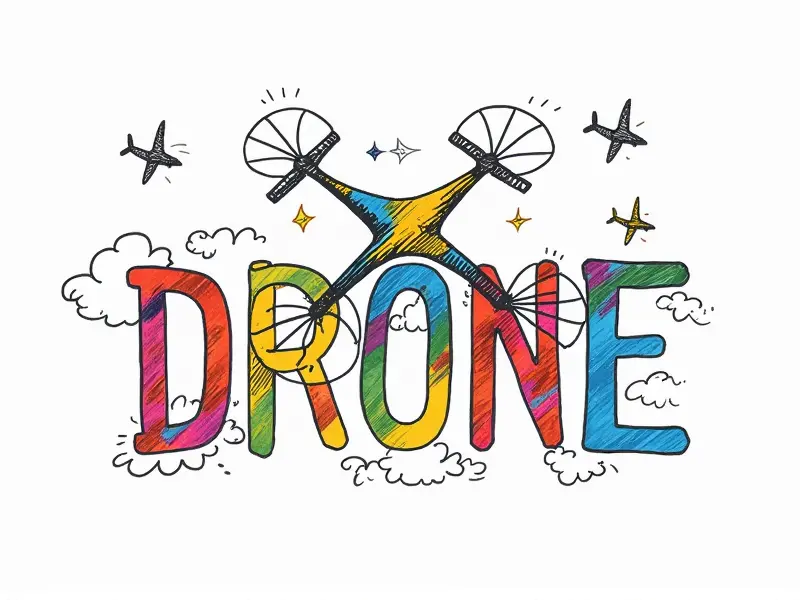Do Li-ion batteries wear out?

Maximizing Li-Ion Battery Life for RC Drones
Li-ion batteries are the backbone of modern RC drones, providing reliable power and extended flight times. However, these batteries do wear out over time due to various factors such as usage patterns, environmental conditions, and charging habits. To maximize your drone's battery life, it’s crucial to understand how Li-ion batteries function and what steps you can take to prolong their lifespan.
Common Causes of Li-Ion Battery Degradation
Lithium-ion (Li-ion) batteries degrade over time due to several factors:
- Cycle Count: Each charge and discharge cycle contributes to the overall degradation of the battery.
- Temperature Extremes: High temperatures accelerate chemical reactions within the battery, leading to faster deterioration. Cold temperatures can also impact performance and longevity.
- Overcharging: Leaving a Li-ion battery plugged in for extended periods can cause overcharging, which damages the internal structure of the battery cells.
Signs Your Li-Ion Battery Is Wearing Out
Recognizing when your Li-ion battery is starting to wear out is crucial for maintaining optimal performance:
- Deteriorating Flight Time: If you notice that your drone's flight time is gradually decreasing, it may be a sign of battery degradation.
- Voltage Drop: A sudden drop in voltage during use can indicate that the battery cells are no longer holding charge efficiently.
- Inconsistent Performance: If your drone exhibits erratic behavior or inconsistent performance, it could be due to a failing battery.
Understanding Li-Ion Battery Cycle Count
The cycle count of a Li-ion battery refers to the number of times it has been fully charged and discharged. Each full charge-discharge cycle contributes to the overall degradation of the battery's capacity:
- Partial Cycles: Partial discharges followed by recharging do not count as a complete cycle, but they still contribute to aging.
- Aging Without Use: Even when not in use, Li-ion batteries lose some capacity due to natural chemical reactions inside the battery cells.
Extending the Life of Your Li-Ion Drone Battery
To extend the life of your drone's Li-ion battery, consider these tips:
- Avoid Extreme Temperatures: Store and use your batteries in moderate temperatures to prevent rapid degradation.
- Charge Properly: Use a charger designed for Li-ion batteries and avoid overcharging by removing the battery once it is fully charged.
- Store Batteries at 40-50% Charge: Keeping your batteries partially charged during storage can help maintain their health.
Why Do Li-Ion Batteries Degrade Over Time?
Lithium-ion batteries degrade over time due to several intrinsic factors:
- Electrolyte Breakdown: The electrolyte within the battery breaks down over cycles, reducing its effectiveness.
- Growth of Metal Particles: Over time, metal particles can form inside the battery, causing internal resistance and reduced capacity.
Tips to Prolong Li-Ion Battery Lifespan
Here are some additional tips for prolonging your Li-ion drone battery’s lifespan:
- Use Quality Chargers: Invest in a reputable charger that is designed specifically for Li-ion batteries.
- Avoid Deep Discharges: Try to avoid letting the battery discharge completely before recharging, as this can cause permanent damage.
- Monitor Voltage Levels: Regularly check your battery’s voltage levels during use and after charging to ensure optimal performance.
Testing the Health of Your Li-Ion Drone Battery
To test the health of your Li-ion drone battery, you can perform several checks:
- Voltage Check: Use a multimeter or dedicated battery tester to measure the voltage under load and when fully charged.
- Cycle Testing: Charge-discharge cycles can help determine how much capacity your battery has lost over time.
Rechargeable vs. Disposable: Li-Ion Battery Comparison
When comparing rechargeable Li-ion batteries to disposable alkaline batteries, the former offers several advantages:
- Economic Efficiency: Rechargeable batteries are more cost-effective in the long run despite their higher initial cost.
- Environmental Impact: Rechargeables reduce waste and have a lower environmental impact compared to disposable batteries.
Best Practices for Storing Li-Ion Batteries
To ensure your Li-ion drone battery remains in good condition during storage, follow these best practices:
- Avoid High Humidity: Store batteries in a dry environment to prevent moisture from damaging the cells.
- No Extreme Temperatures: Keep batteries away from direct sunlight and heat sources to avoid temperature extremes.
Can You Revive a Dying Li-Ion RC Battery?
In many cases, it is difficult to completely revive a dying Li-ion battery. However, you can try the following methods:
- Battery Conditioning: Some users report success with conditioning techniques that involve deep discharging and recharging.
- Professional Services: Consider taking your battery to a professional for diagnostics and possible repair or replacement.
Conclusion
Lithium-ion batteries are essential components of RC drones, providing reliable power and extended flight times. Understanding how these batteries degrade over time and implementing best practices can significantly extend their lifespan. By avoiding extreme temperatures, proper charging habits, and regular maintenance checks, you can ensure your Li-ion drone battery remains in optimal condition for as long as possible.

